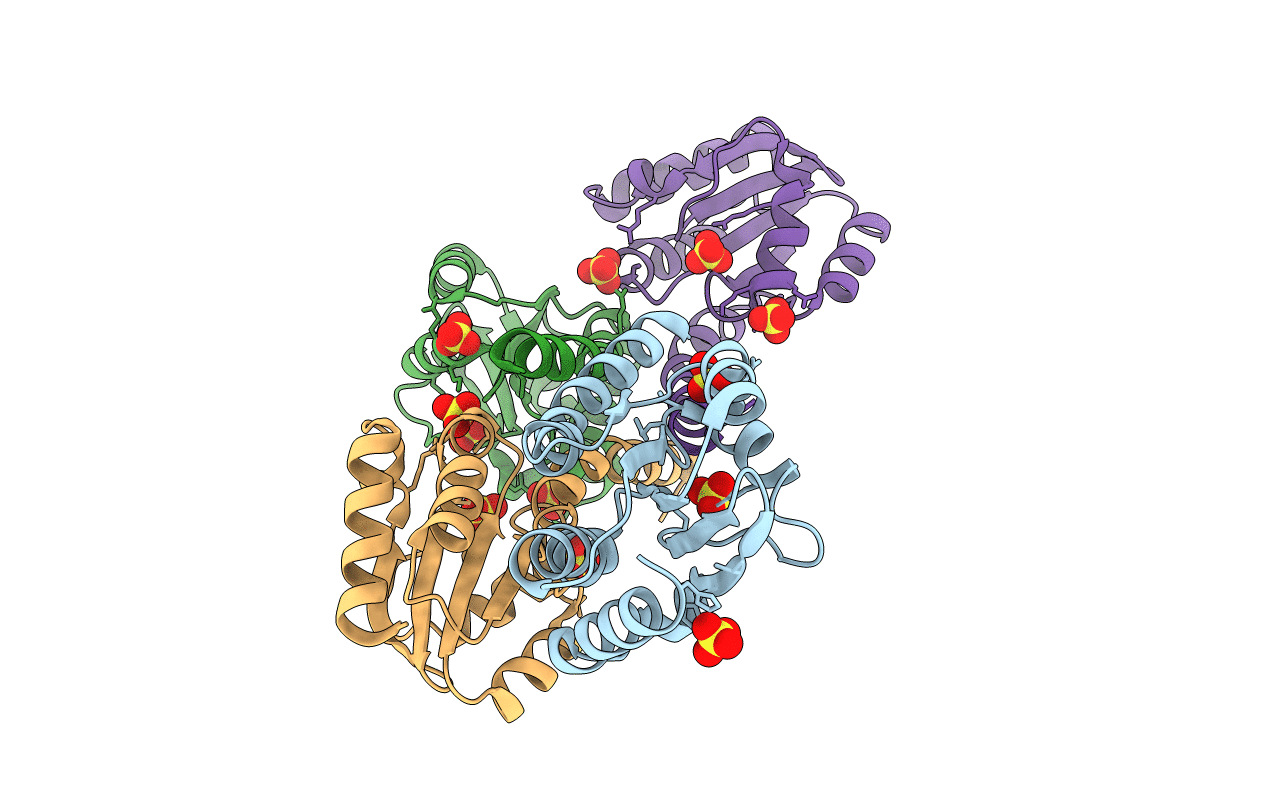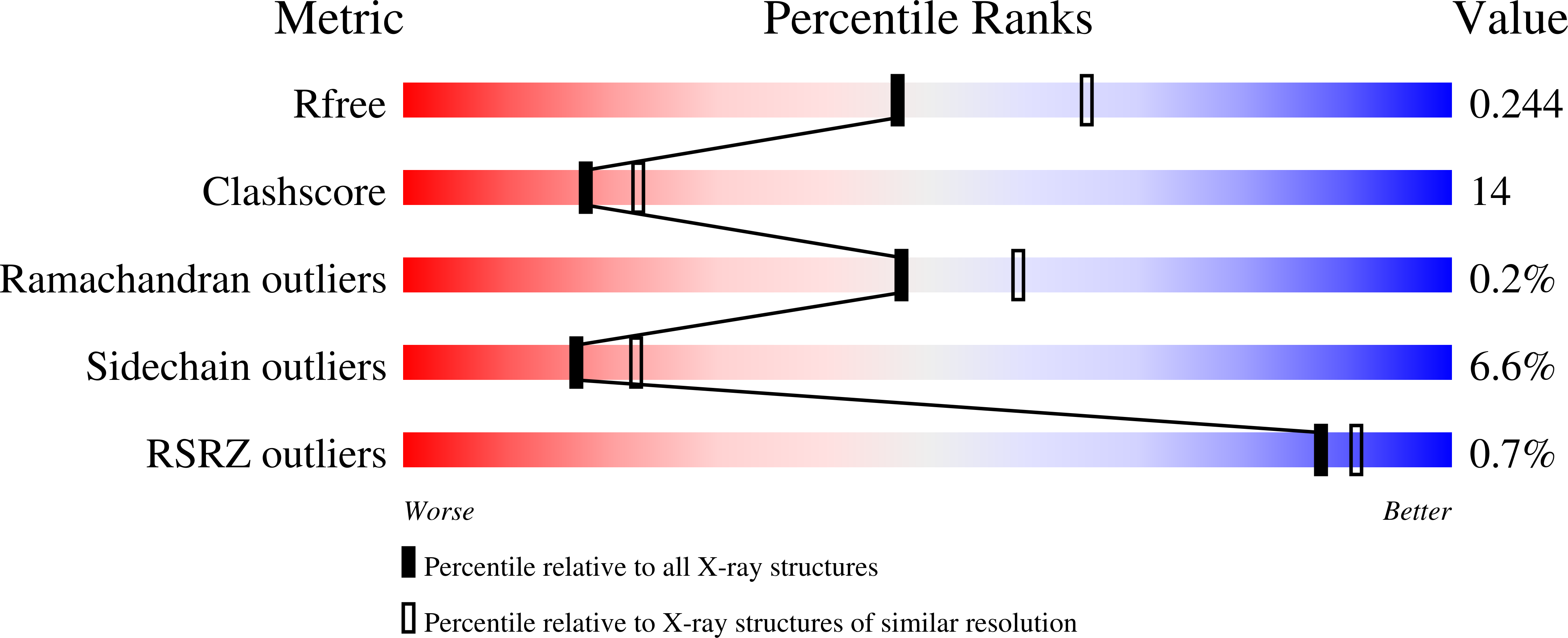
Deposition Date
2008-12-09
Release Date
2009-09-01
Last Version Date
2024-02-21
Entry Detail
PDB ID:
3FHK
Keywords:
Title:
Crystal structure of APC1446, B.subtilis YphP disulfide isomerase
Biological Source:
Source Organism:
Bacillus subtilis (Taxon ID: 1423)
Host Organism:
Method Details:
Experimental Method:
Resolution:
2.30 Å
R-Value Free:
0.24
R-Value Work:
0.18
R-Value Observed:
0.19
Space Group:
P 41 21 2


